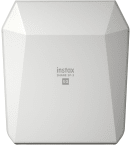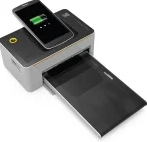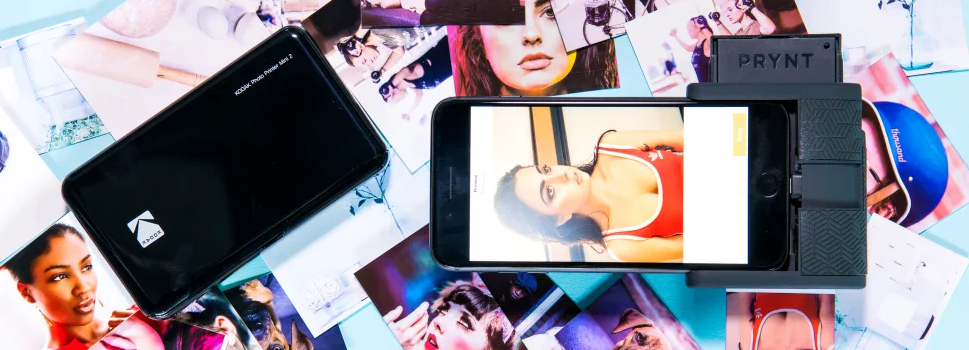
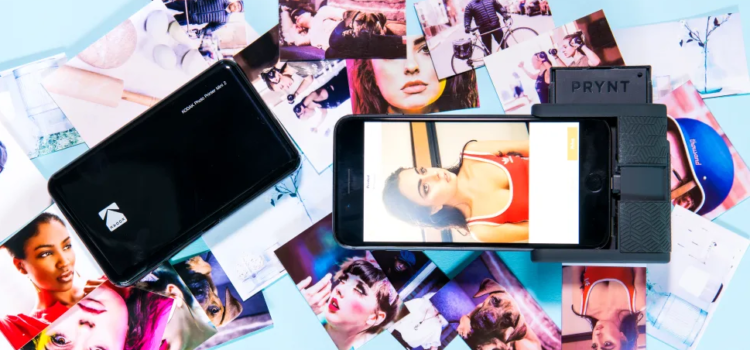
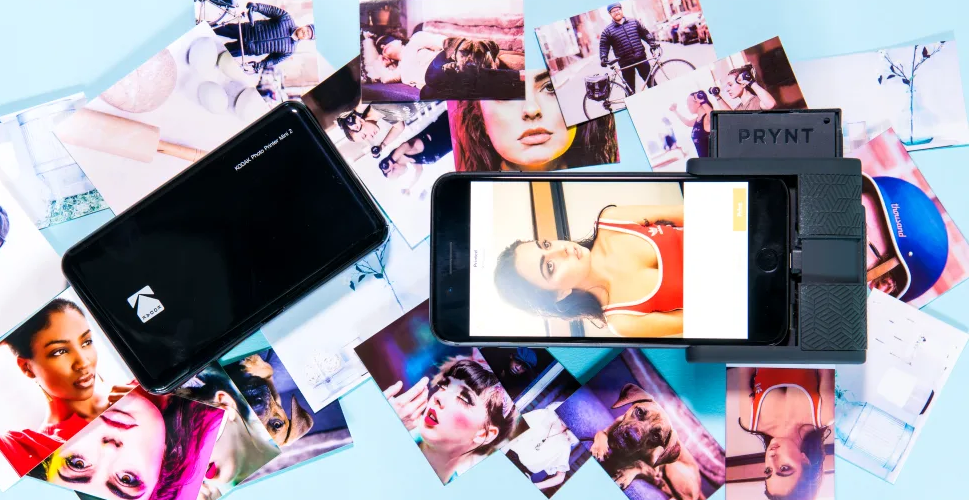
While most of our photographs now reside comfortably inside our smartphones or live in the cloud via social media or online storage sites, it’s still nice to have a physical photo you can hang on the refrigerator or put in a photo album. Many options exist for printing photos—from large multifunction printers to laser printers to kiosks at the pharmacy, but there’s a third printing option that can produce great images on the go with lightning quick print speeds.
After testing, we found that the Prynt Pocket (available at Amazon for $65.00) is the best portable photo printer offering high-quality images and the best portability. However, if the printer’s mobility and size are less important to you, we discovered that the Canon Selphy CP1300 creates even better quality prints.
Most of the new printers are so small that they can fit in your hand. They produce smaller prints—2×3-inches rather than the standard 4×6-inch or 5×7-inch prints you see on a desktop printer.
For today’s cell phone using, selfie-obsessed population, the smaller prints are meant to be shared with friends rather than placed in a photo album. Most of the prints include a sticker backing, so you can stick them to a wall, inside a locker, or other non-adult location. In addition, you can add things like borders, text, and funny stickers—just like you would with Instagram or Snapchat. My kids got mad when I wanted to just print a plain photo. The downside to these tiny printers is that they’re unable to do many of the things that we expect full-sized printers to do: document printing with both black and white and color ink, handle wide-format photos or create scans and copies.
Our list of printers to choose from came down to six models from Canon, HP, Kodak, Polaroid, and Prynt. We included two printers that produce 4×6-inch images since they’re still smaller than the standard-size photo printers.
These are the best small photo printers we tested ranked, in order:
- Prynt Pocket
- Canon Selphy CP1300
- Kodak Mini 2 Instant Photo Printer
- Fujifilm Instax Share SP-3 SQ
- Polaroid ZIP Mobile Photo Printer
- HP Sprocket 100
- Kodak Photo Printer Dock
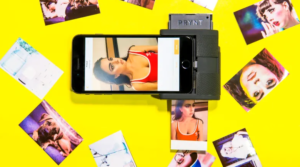
How We Tested
The Tester
I’m Keith Shaw, and I’ve reviewed consumer technology products for more than 15 years, including several photo printers both large and small. I still own a scrapbook filled with some really bad instant photos I took as a child—the beauty of today’s technology is that you can retake photos with your phone before printing them.
The Tests
We tested each printer with two smartphones—an iOS iPhone 7 and Google Pixel 2 (Android) by printing both color and black-and-white photos. The phones and printers were connected via Bluetooth. For each test, we noted how long each print took, using up as much photo paper as provided (usually the starter packs had about 10 prints).

We attempted to print the same photos for each of the printers tested, but in some cases, we needed to print different photos. For example, when printing an image with sticker options or borders, it had to print from that vendor’s app—not all borders and stickers are the same across printers. After all 10 images were printed, we had several judges look at the images and choose their favorites for photo quality.
As part of the test, we tried two models (a Canon and Kodak) that could produce 4×6-inch prints, but what you gain in image size, you lose in portability. All of the really small printers would print images with a smartphone app (connecting to the printers via Bluetooth), but the two larger models could also connect to a Wi-Fi network or print via storage device (SD memory card or USB stick).
How does a portable photo printer work?
There are a number of different technologies used to print photos, some of the more common ones being inkjet and laser printers, although portable photo printers (without ink) are on the rise.
So how does it print without using an ink cartridge? The secret is the connection between the camera and your WiFi network through a USB adapter wire. This allows the printer and the camera to connect virtually. If your phone is compatible with the printer it will be able to send image data via radio waves, resulting in a color photo with a peel off back and tons of decorating options.
Portable photo printers are predictably much smaller than an Inkjet or Laser printer and are convenient for creating instant hard copy images. Without ink cartridges, the maintenance on these printers is also half of the upkeep for a traditional photo printer.
But a portable wifi photo printer may not be the best option for every buyer. For larger and well-defined prints an inkjet printer may be better suited to your purposes. And if you’re printing in bulk for a large office, a laser printer is definitely the way to go.
Inkjet Printers
Inkjet printers are the most common type of printers used. They come in a wide variety of different shapes, sizes, and prices. The advantage of an inkjet printer is that it is quieter than other models and it is capable of printing in extreme detail. Inkjet printers recreate a digital image using two methods, continuous inkjet and drop on demand. y
- Continuous inkjet printing: uses a constant stream of ink droplets via a high-pressure pump that directs liquid ink from the reservoir through the gunbody and microscopic nozzle of the printer. The ink droplets then pass through an electrostatic field and deflect onto the receptor material to create a hard copy of your digital photo.
- Drop on Demand (DOD): can be thermal DOD and piezoelectric DOD depending on your photo printing preferences. The majority of consumer inkjet printers use thermal DOD for their photos. In thermal DOD, the print cartridges all contain a heater in a series of tiny chambers. To eject a droplet of ink from these chambers a current passes through the chamber and creates a bubble, depositing the ink onto the paper.
Piezoelectric DOD: uses piezoelectric material in an ink-filled chamber behind each nozzle, which changes shape and creates pressure, forcing the ink from the nozzle.
Laser Printers
Laser printers are not the top option for printing your digital photos, but are the top option for printing images in bulk. Laser printers work by repeatedly passing a laser beam over a negatively charged cylinder, referred to as a “drum.” The drum then gathers the powdered ink and transfers the image onto heated paper, permanently fusing your digital image. Laser printers produce moderate quality photos at best, but are a favorite in corporate offices everywhere.
Portable Photo Printers
The majority of portable photo printers use the Zink (Zero-Ink) method to transfer photos from your social media accounts into hard copy. The Zink method, developed by Zink Holdings and licensed to printer makers, prints your images in a single pass onto thermal paper. The Kodak and Canon printers we reviewed, however, do use dye sublimation cartridges, which also don’t require separate ink canisters.

